Introduction
Overview
Mosquitoes
Painful. Itchy. Downright annoying. You may have several ways you describe mosquitoes and their bites, but was "dangerous" on your list? Mosquitoes are actually the most dangerous animals when it comes to human health. This is because the females of certain species can carry diseases that they can pass to humans. Malaria, dengue, and west nile virus are spread to humans by mosquitoes.
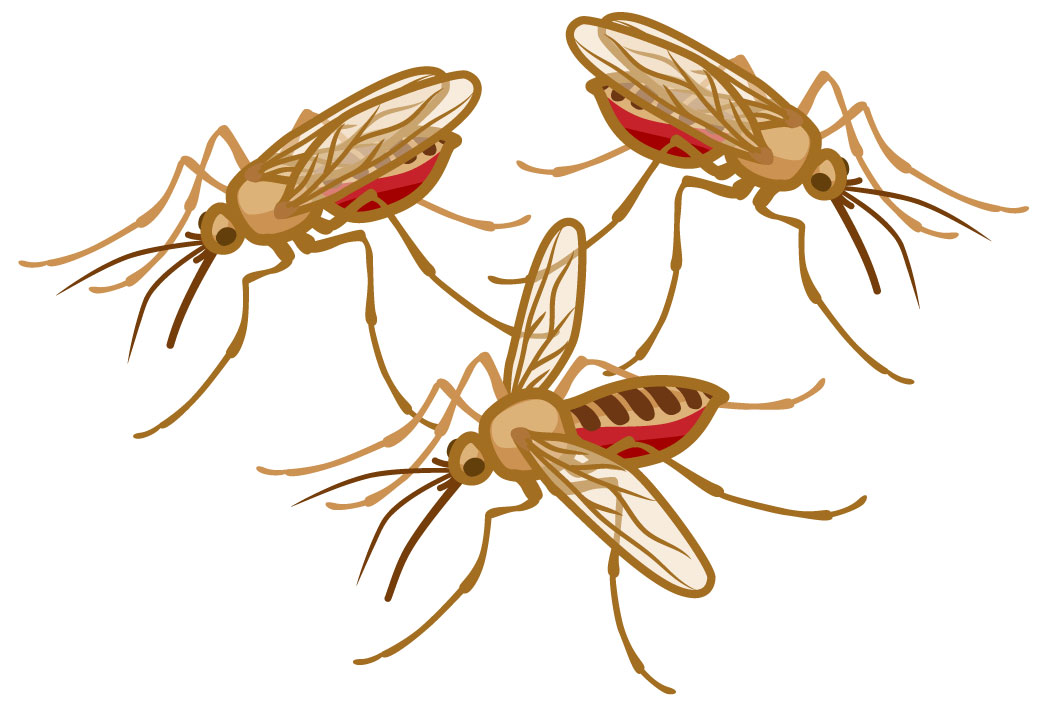
This makes certain mosquitoes a risk for human health, and it's the main reason why many people try to protect themselves from being bitten. There are two main strategies for trying to avoid mosquito bites. You can keep the adult mosquitoes away from your skin, or you can try to reduce the number of adults that develop. Let's take a look at the life cycle of a mosquito before we dive into how these strategies work.
Mosquito life cycle
An adult female mosquito sneaks into the room and lands near the sleeping human. She knew they were in there… she can sense the carbon dioxide that people and other animals exhale. If the person seems still enough, she moves closer and lands on their warm skin. She starts to pierce them with her proboscis (mouthpiece), numbing them at the same time. She gets her blood meal.
Female mosquitoes can only make and lay eggs if they've managed to find a blood meal. After that meal, it takes a few days for eggs to develop. She will need to lay her eggs in or along the edge of water that won't dry up too soon.
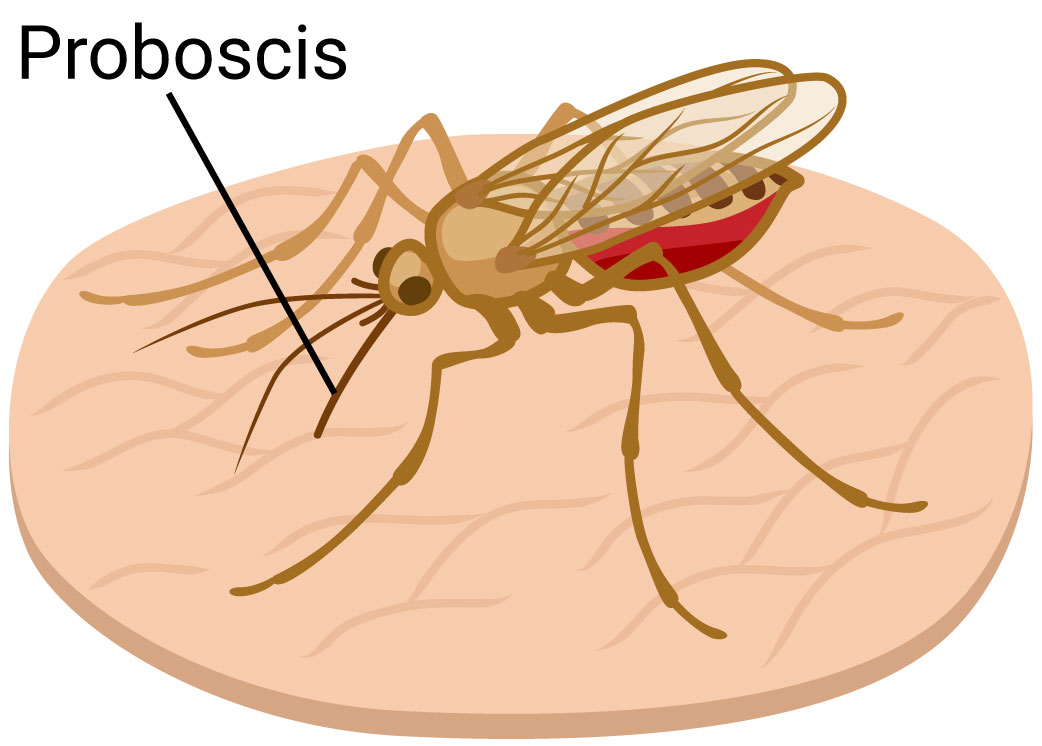
After laying the eggs, it takes a few days for the larvae to hatch. These will then live in the water, near the surface, taking in air while they move around and eat underwater. They eat algae, microorganisms, plankton, and more while they grow through a few different stages. These stages are called instars, and during each one, the mosquito grows until it is too big for its outer layer. It then sheds this exoskeleton, and a new (larger) one takes its place.
After the instar stages, the larva will have its last meal, shed its last exoskeleton, and then become a pupa. This stage is similar to a butterfly chrysalis, except these pupae can tumble and spin through the water. They are sometimes called "tumblers". Inside, the pupa is developing into an adult with wings and legs. After a few days, an adult will climb out of the pupal exoskeleton.
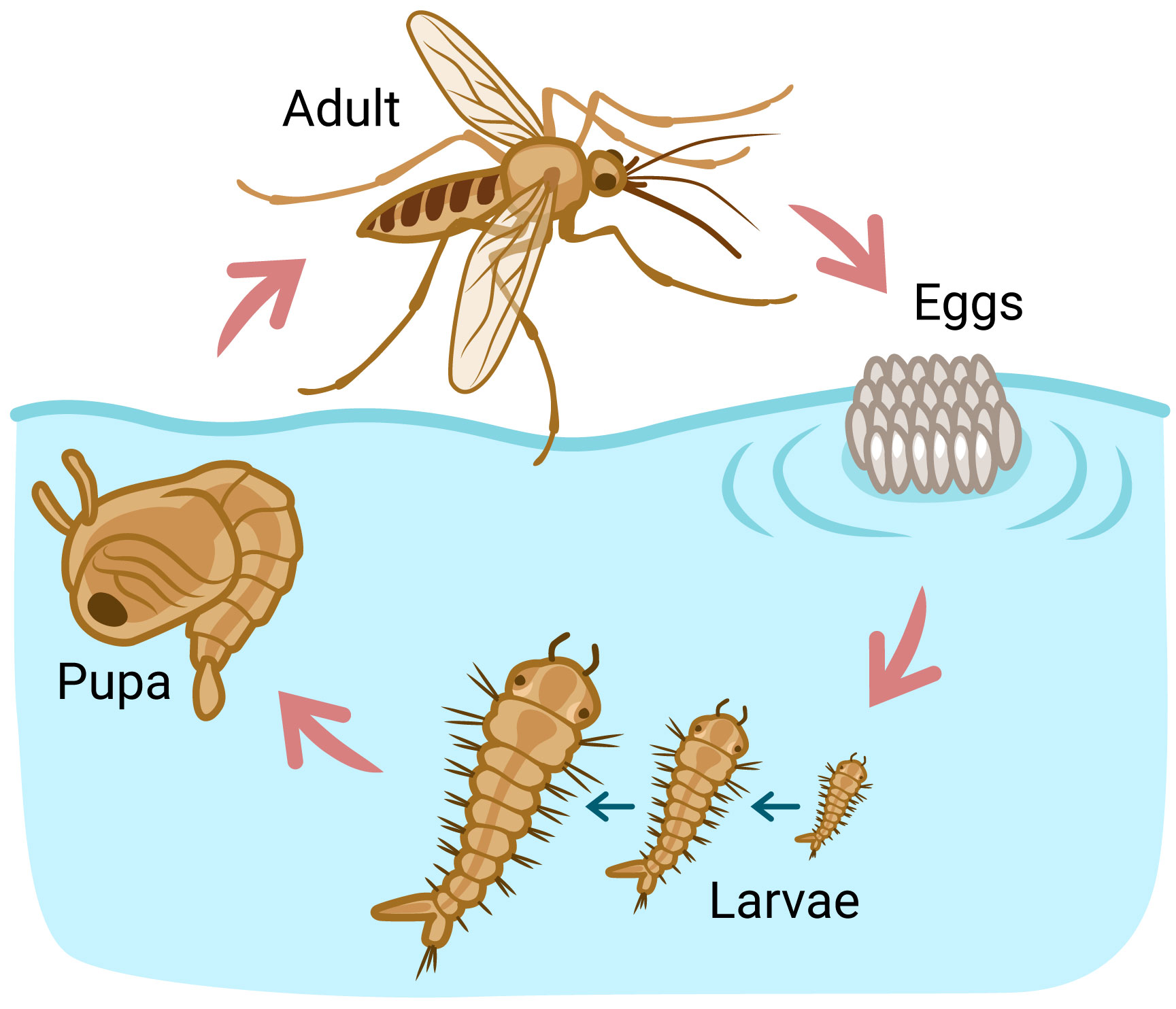
Eggs, larvae, and pupae all depend on water to live. If the water they are in dries up, they will die. So adults look for small bodies of water that will be around for at least seven days.
Protecting yourself
So how can we use this information about mosquito life cycles to keep them from biting you? Well, we can protect against the adults… but we can also reduce the chances that mosquitoes will breed in areas where you live.
First, let's think about protecting yourself from adult mosquitoes.
Ways to protect yourself

Avoid being outside for long when mosquitoes are out in large numbers

Wear loose fitting, long-sleeved clothing
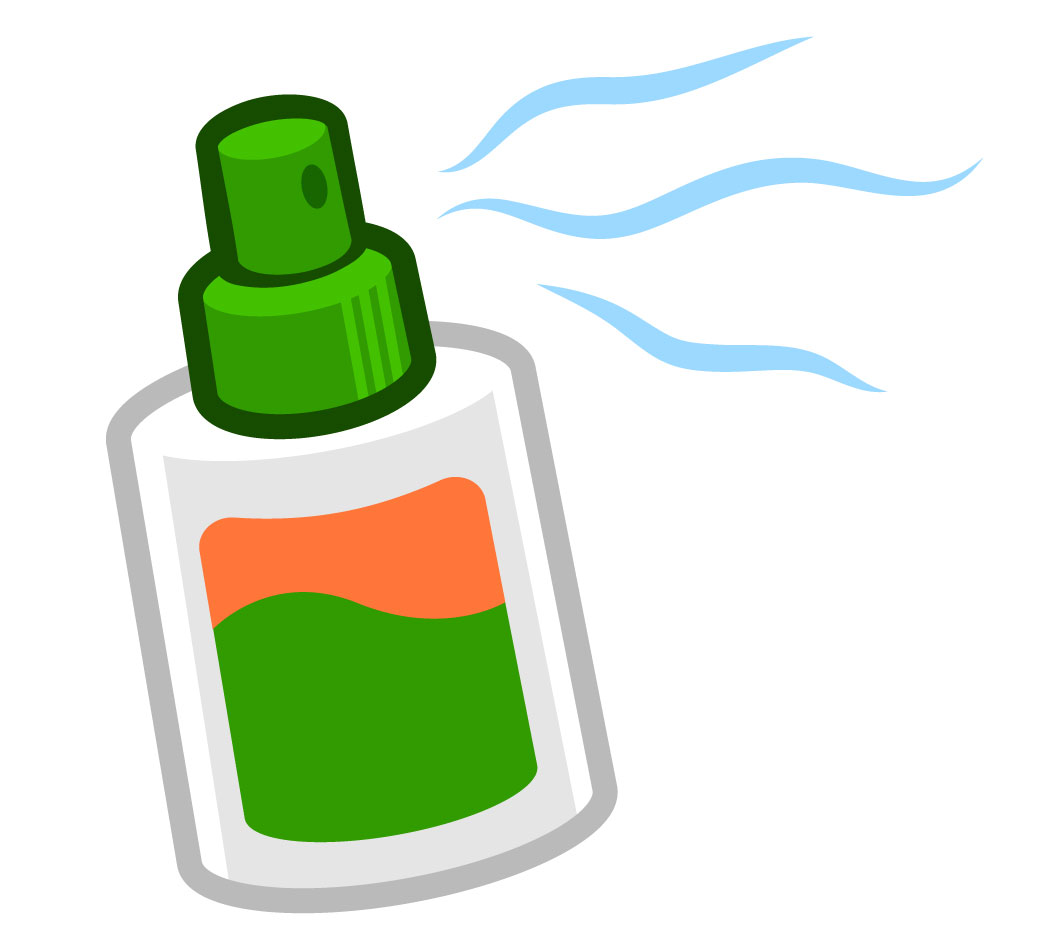
Apply insect repellent on any exposed skin
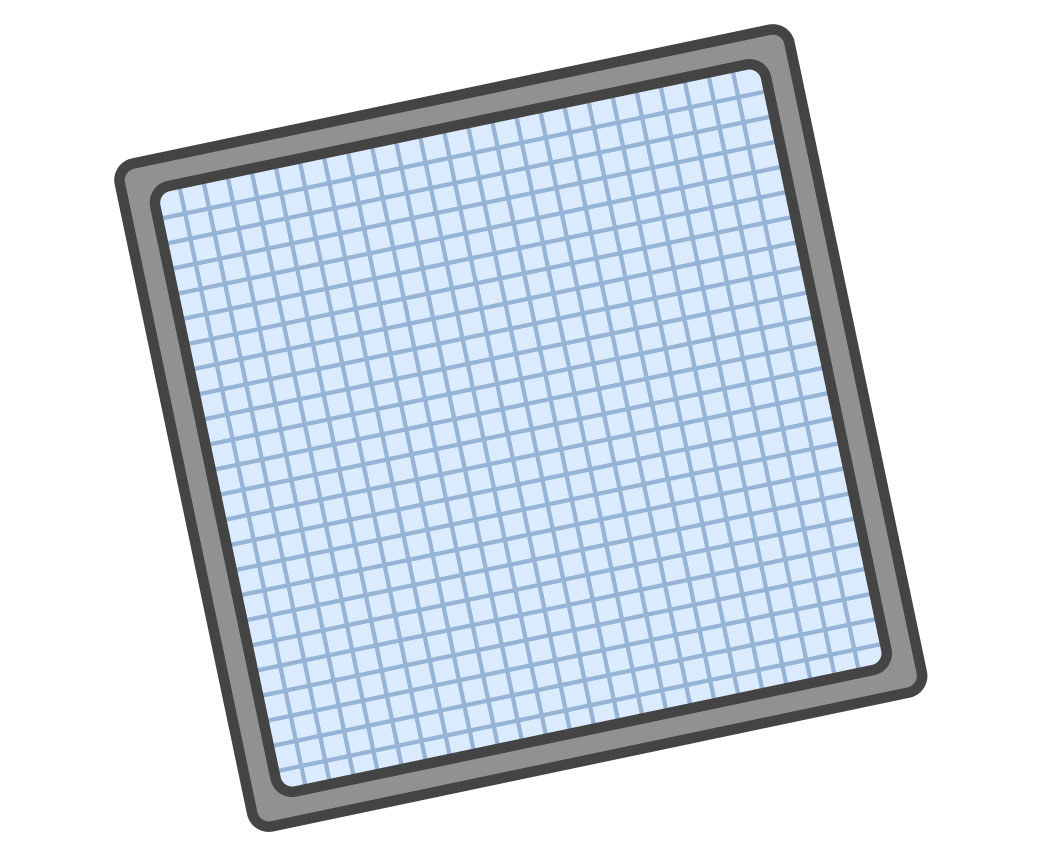
Use screens, windows, and doors to try to keep mosquitoes out of your home
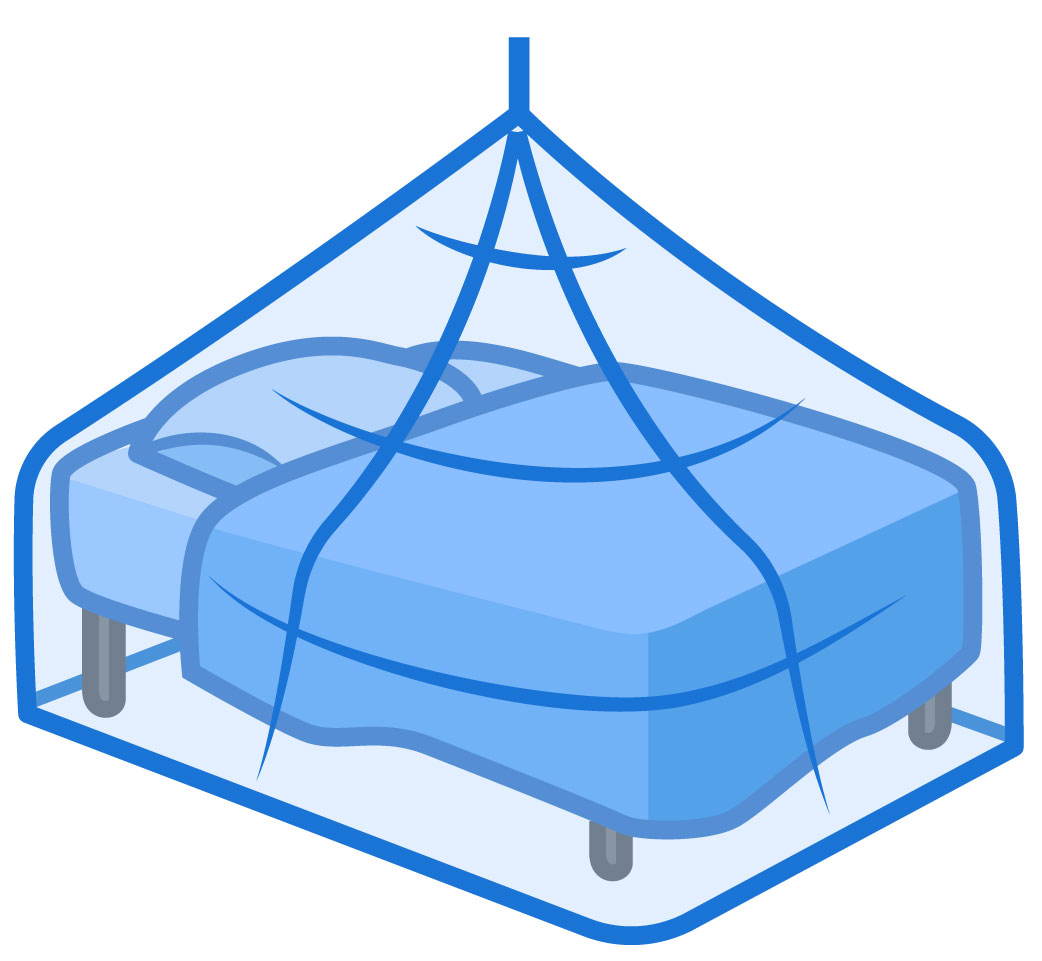
Use bed nets, especially to protect yourself while you sleep
Doing a combination of these things can do even more to help you avoid mosquito bites. But you might also think about reducing the numbers of mosquitoes living around your home. Because mosquitoes need water to breed, they are mostly found in areas with standing water.
Breeding grounds
Where might female mosquitoes lay their eggs? How can you prevent this from happening? Let’s take a look at some different potential breeding grounds of mosquitoes, organized by size.
Small puddles
When you think of standing water, you might think of puddles or water features at a house. But mosquitoes are interested in watery spots that can be much smaller than those.
Any item that can hold water that is an inch deep or more could be a breeding spot. Plastic toys, gutters, puddles, or even plant pots and trash holding water could be a prime spot for mosquitoes to lay their eggs. Indoor plants can also be an issue if any female mosquitoes find their way inside.
To fix these issues, you might consider:

Putting your toys away
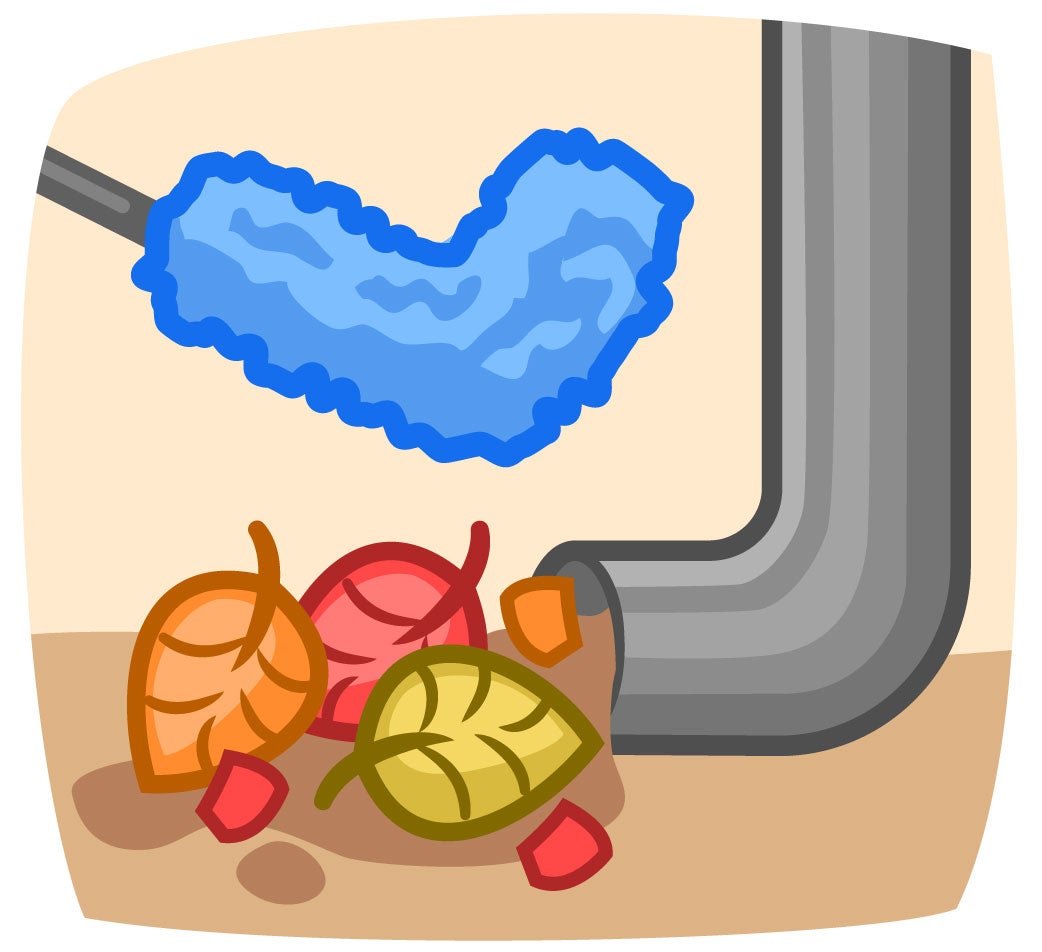
Cleaning your gutters
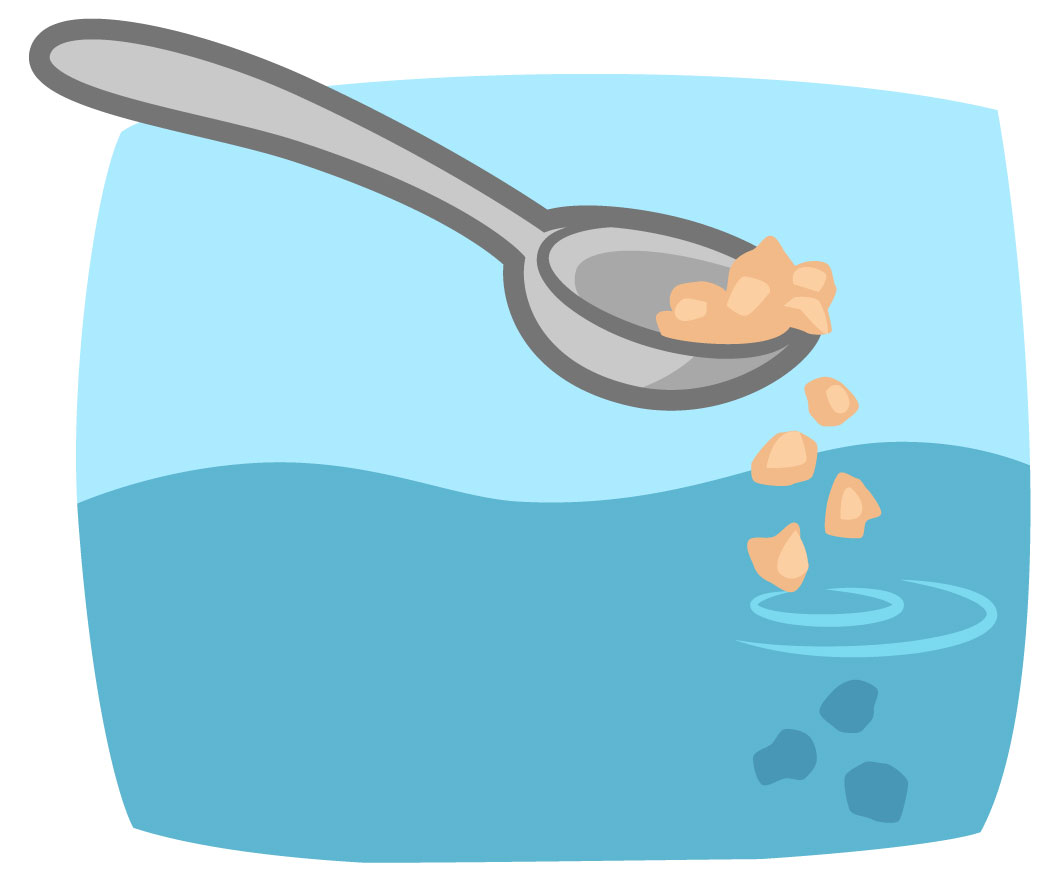
Using Mosquito Bits and Mosquito Dunks in any standing water that can't be covered or removed to kill mosquito larvae
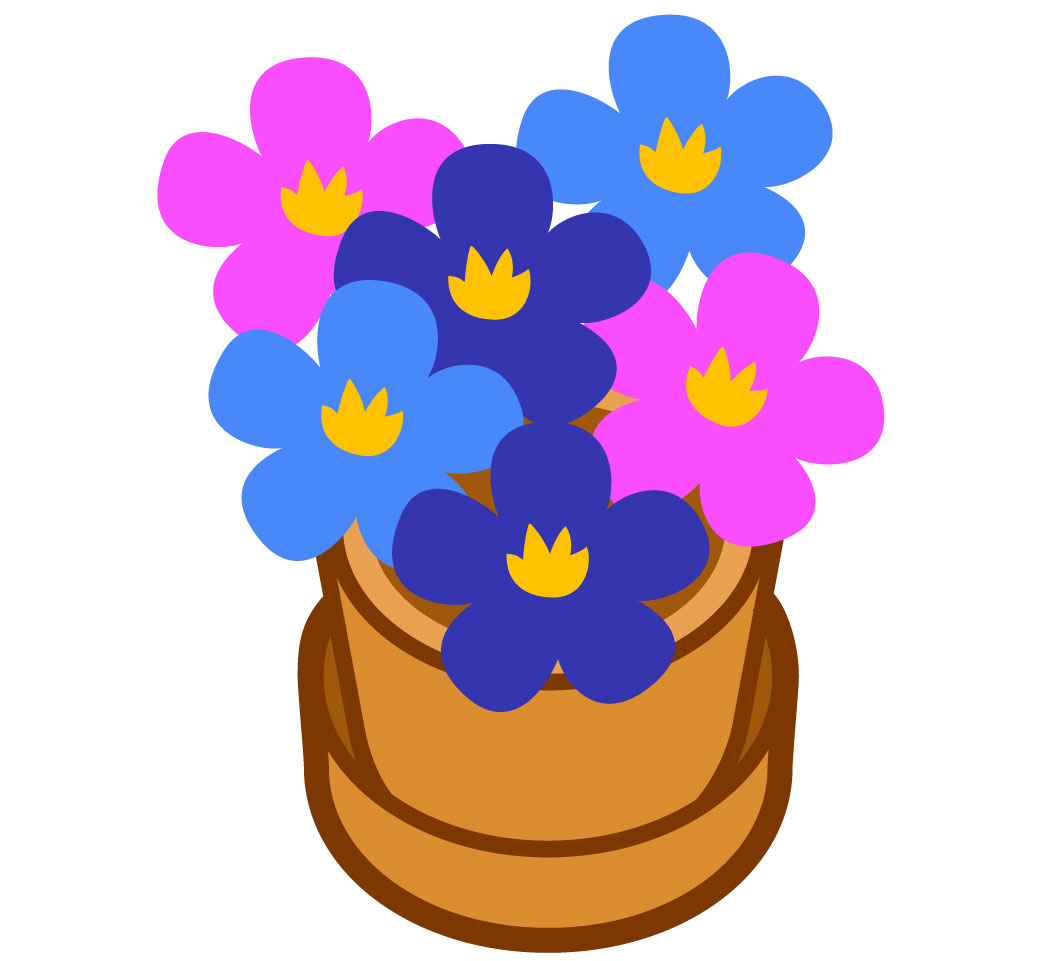
Checking your plant pots for standing water
If there's an item you can't permanently fix, you'll want to check on it now and again during mosquito season.
Medium pools
Sometimes, the bigger breeding areas are easier to notice. You might have a neighbor with a bird bath or a water cistern that isn't well sealed. Medium sized stores of standing water like these can be a bit harder to handle, because you may not be able to (or want to) empty them or cover them.
Instead, you might consider:
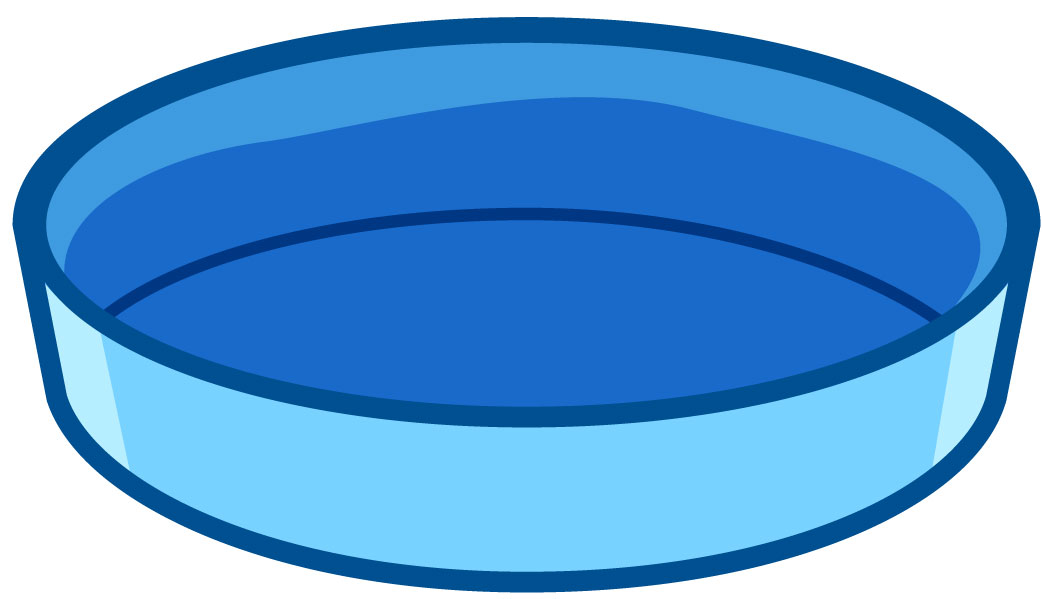
Treating man-made pools with chlorine tablets
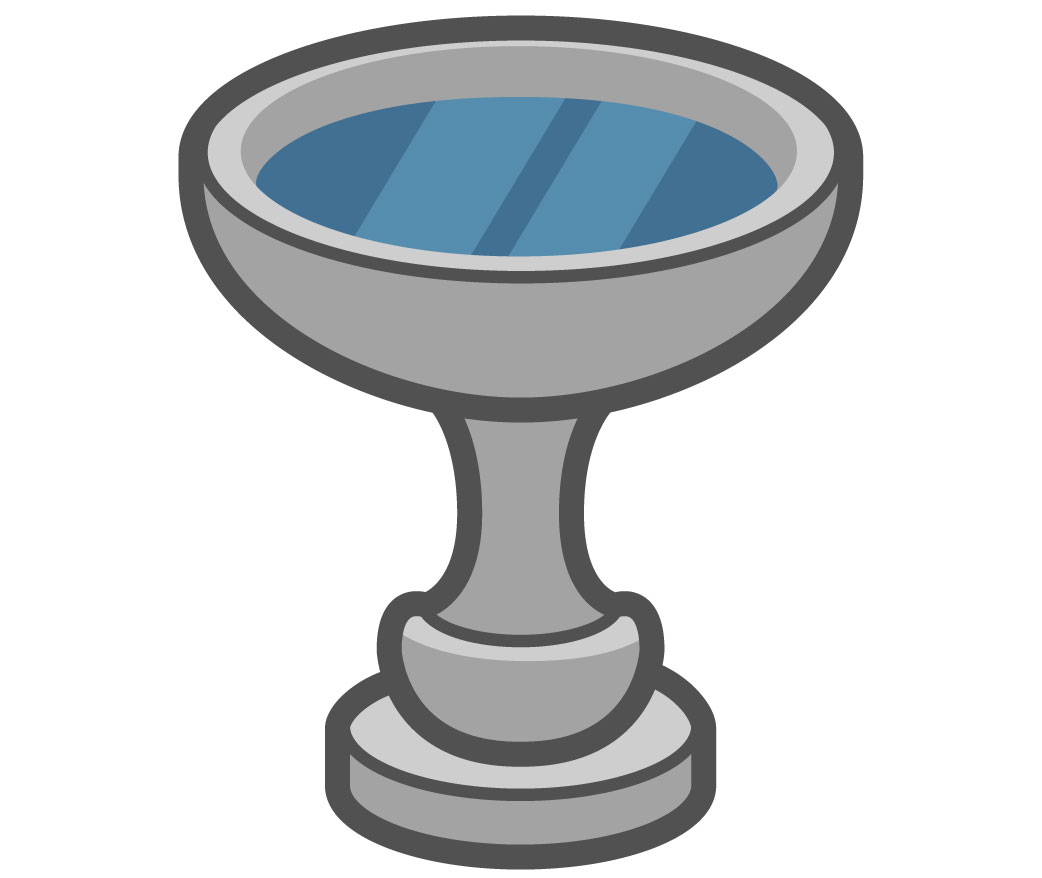
Treating any natural pools or water for use in watering plants, etc., with Mosquito Bits or Mosquito Dunks to kill mosquito larvae
By treating the water, you can still protect yourself without removing the water.
Bigger bodies of water
Any water that is still enough and has shallow areas can be a good place for mosquitoes to breed. This includes ponds and other similarly sized bodies of water. The edges of lakes, ponds, swamps, and marshes are all good mosquito breeding grounds. But how can you keep mosquitoes out of areas that are so big? You can't cover them, you shouldn't drain them, and they are way too big to treat with chemicals.
Instead, sometimes experts can alter these freshwater ecosystems in ways that don't cause harm, but that bring in mosquito predators.
This could be by:

Planting native plants that attract dragonflies or other insect or bird predators
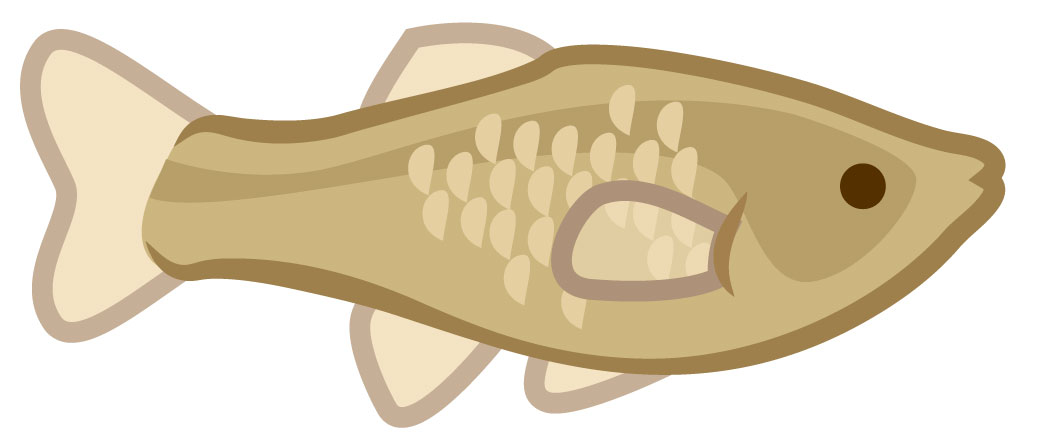
Adding special aquatic species like mosquitofish that are helpful to keeping mosquito populations in check
By getting help from experts, you can still protect yourself.
Ready to begin?
Now that you know the basics of protecting yourself and your home from mosquitoes, it's time to put your knowledge to the test! In the first level of the game, you'll identify and fix mosquito breeding areas around your home. In the second level, you'll collect items to more permanently fix breeding areas. And in the third level, you'll explore the area around your home and help your neighbors with their mosquito problems. If you need more help, visit the How to Play page. Good luck!
